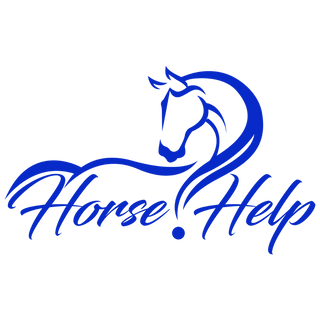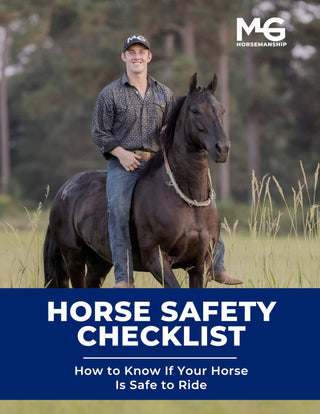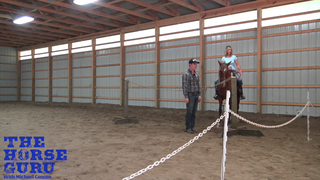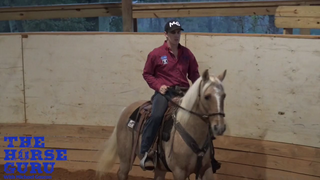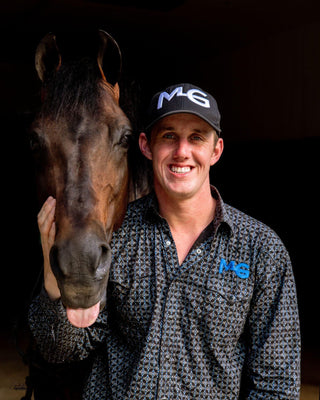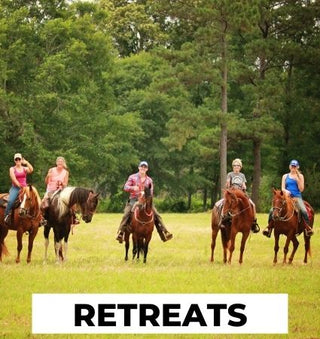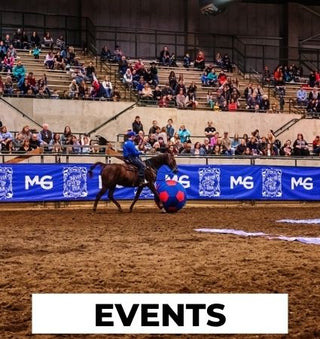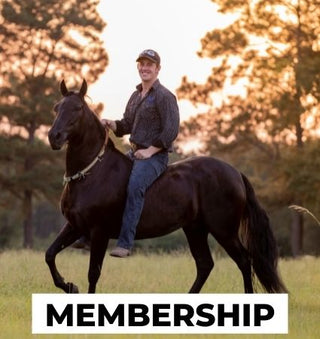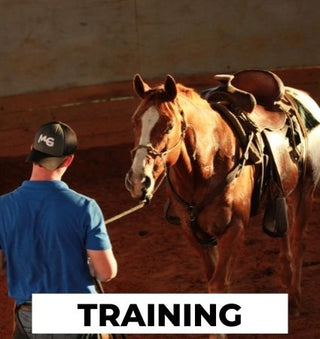Watch the Video Here or continue reading below!
Training a hot horse can be a challenge—but it’s also an opportunity. In this session, horse trainer Michael Gascon works with Clark Gable, a 13-year-old Paso Fino stallion with a high-energy temperament and a blown-up show past. The goal? Teach this hot horse how to spin with control, softness, and mental engagement.
If you’ve ever struggled with a sensitive or overly energetic horse, this post is packed with techniques that can help redirect that intensity into positive performance.
✅ Meet Clark Gable: A Hot Horse with a History
Clark Gable is no beginner. He’s a high-RPM Paso Fino stallion with years of show experience—but his explosive energy once worked against him. Like many horses who cycle through multiple trainers, he was never taught how to apply his power in a way that served him well.
Now, Michael is using reining-style exercises to repurpose Clark’s energy for spinning and advanced maneuvers, turning “too much horse” into a willing and responsive partner.
✅ Why Hot Horses Don’t Wear Out—They Tune Out
You can’t outrun a hot horse’s energy. You’ll tire before they do. That’s why spinning is introduced as a mental repercussion—not a physical punishment. The key is to work the space between their ears and engage their brain.
By asking for thoughtful, deliberate movement like a spin, you’re creating a controlled outlet that makes sense to the horse without exhausting them—or you.
✅ First Steps: The Importance of Flexion and Focus
Clark is started in a simple full-cheek snaffle. The goal isn’t to power through with big corrections but to teach him to be light and responsive.
💡 Sensitive horses often become soft easily—they just need clarity, not pressure.
Michael begins by confirming Clark’s ability to flex and yield to the rein, setting the foundation for movement with intent.
✅ Building the Spin: What Really Matters
When teaching a horse to spin, Michael focuses on three main cues:
✔️ Inside rein
✔️ Outside rein
✔️ Outside leg
The goal isn’t perfect form from day one. Instead, focus on the inside front foot stepping out and grabbing dirt. That’s the sign your horse is starting to understand the spin. Crossovers and pivoting will come naturally with repetition.
✅ Keep It Simple: One Thing at a Time
A common mistake with hot horses is overwhelming them (and yourself) with too many goals at once. Michael's focus? Just that inside front foot.
Even a single correct step is a reason to release pressure and reward. Gradually, you’ll build from small wins into confident spins.
✅ Key Technique: Counter-Bend for Control
Sometimes, a horse bends too far into the spin, causing the shoulders to fall the wrong way. Michael uses a counter-bend spin to correct this.
💡 By bending Clark the opposite direction of the spin, he naturally brings his shoulders around and steps out with power.
This technique allows for clarity and control—especially for horses that want to rush or get “stuck.”
✅ Low and Slow: How Posture Affects Performance
Head position matters. A high head in a hot horse leads to hopping, cantering, and tension. That’s why Michael encourages a low, flat posture for smooth, cadenced spins.
Before teaching a hot horse to spin, you need to teach them to lower their head. This prevents resistance and builds softness from the very beginning.
✅ No Fuel on the Fire: Stay Calm and Collected
Hot horses are already burning bright—you don’t need to add fuel. One of Michael’s most powerful points is the mindset of the rider:
🧘 If your horse is a 99 on the hot scale, multiplying that by your own anxiety only intensifies the problem. Instead, multiply it by zero.
Be calm, be still, and give clear, patient direction.
✅ Exercises to Try at Home
Michael shares a few practical techniques you can replicate:
✔️ Counter-bend circle into spin – Helps realign shoulders and reduce tension.
✔️ Leg yield into spin – Engage hips and encourage smoother transitions.
✔️ Spin with forward intention – Prevents horses from backing out or disengaging.
Each exercise builds upon the last, offering mental engagement while maintaining physical control.
✅ Closing Thoughts: Energy, Redirected
At the end of the ride, Clark Gable—once too hot to handle—is spinning with softness and thoughtfulness. He’s using his natural RPMs for precision, not panic.
Michael’s philosophy is simple:
👉 Don't fight the fire—guide it.
With consistent training, clarity, and zero added tension, even the hottest horse can become a willing, responsive partner.
